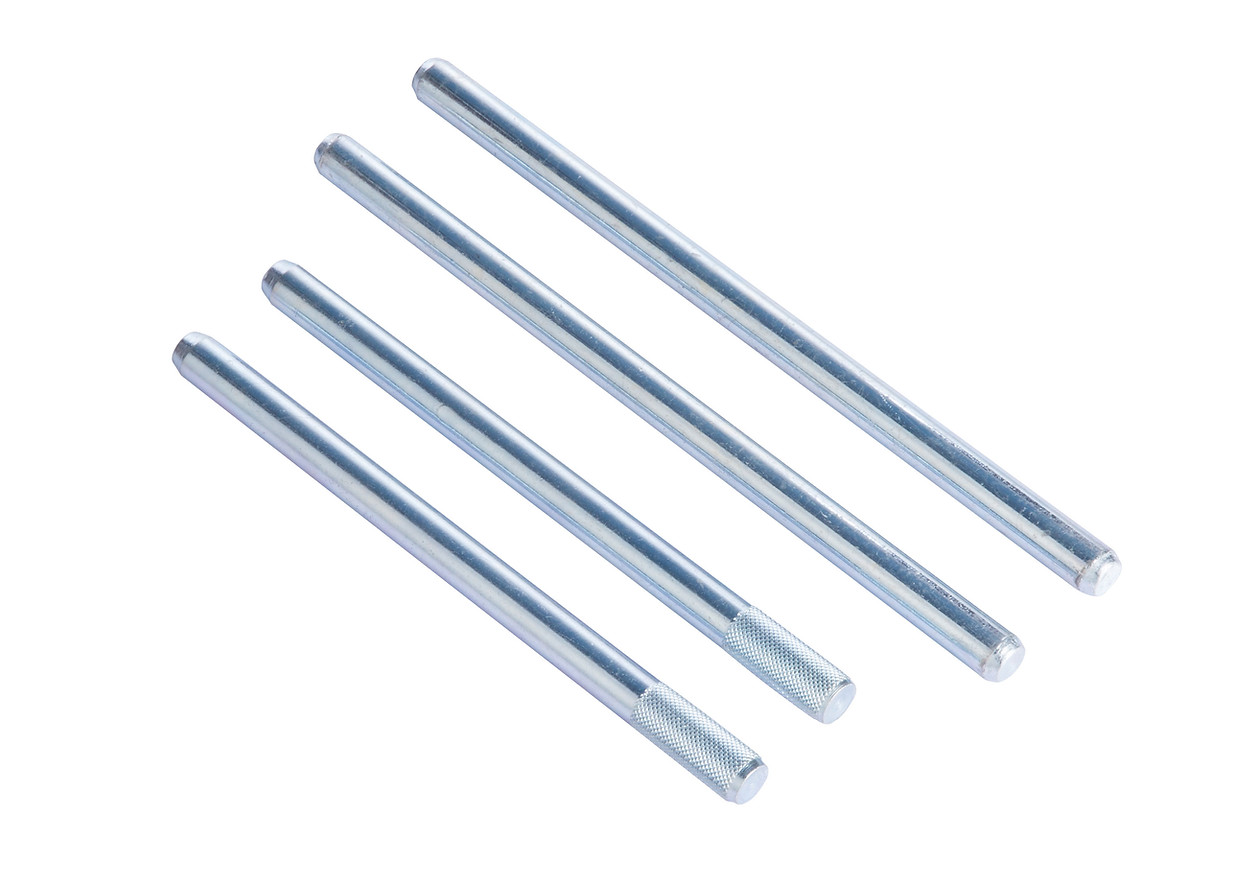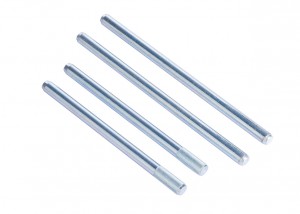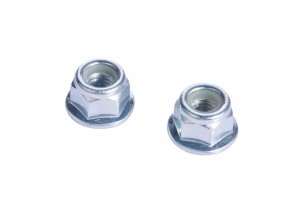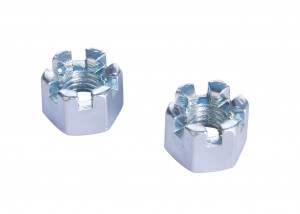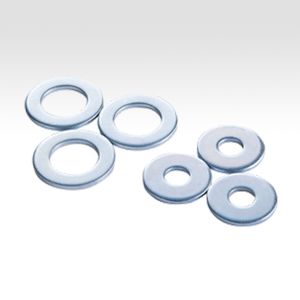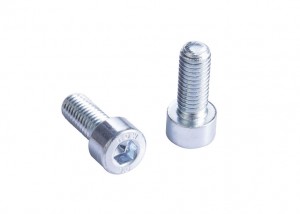The diameter of the safety pin should be determined according to the strength condition of being sheared when overloaded. For pin products such as DIN1 and DIN7, the biggest requirement is high precision. The tolerance of the national standard cylindrical pin 8m6 is φ8m6 (+0.015/+0.006); the upper deviation is +0.015, the lower deviation is +0.006; the maximum limit size is φ8.015, the minimum limit size is φ8.006, and the tolerance zone is 0.009. The tolerance of stainless steel cylindrical pin 10 h8 is φ10 h8 (0/-0.022), the upper deviation is 0, and the lower deviation is -0.022. The maximum limit size is φ10, the minimum limit size is φ9.978, and the tolerance zone is 0.022. Pins are generally used to connect, lock parts or for assembly positioning, and can also be used as parts of safety devices. Cylindrical pins are fixed in the holes by interference to fix parts, transmit power, or act as positioning parts. Cylindrical pins are positioning pins used to fix the relative position between parts. It is an important auxiliary part when combined processing and assembly. Cylindrical pins are mostly made of high-quality carbon structural steel as raw materials. Under normal circumstances, the materials are mostly C35 and C45, but heat treatment is required. Bearing steel is selected under high strength requirements. Stainless steel is mainly made of 303 material and does not need heat treatment. The elastic cylindrical pin is mostly 65Mn.
Anchors are of the following types:
(1) Expansion anchor bolt
Expansion anchor bolts, referred to as expansion bolts, use the relative movement of the cone and the expansion sheet (or expansion sleeve) to promote the expansion of the expansion sheet, generate expansion and extrusion force with the concrete on the hole wall, and generate pull-out resistance through shear friction. A component that realizes the anchoring of the connected piece. Expansion anchor bolts are divided into torque control type and displacement control type according to the different expansion force control methods during installation. The former is controlled by torque, and the latter is controlled by displacement.
(2) Reaming type anchor bolt
Reaming type anchors, referred to as reaming bolts or grooving bolts, are re-grooving and reaming of the concrete at the bottom of the drilled hole, using the mechanical interlock between the concrete bearing surface formed after reaming and the expansion head of the anchor bolt. , a component that realizes the anchoring of the connected piece. Reaming anchor bolts are divided into pre-reaming and self-reaming according to different reaming methods. The former is pre-grooving and reaming with a special drilling tool; the latter anchor bolt comes with a tool, which is self-grooving and reaming during installation, and the grooving and installation are completed at one time.
(3) Bonded anchor bolts
Bonded anchor bolts, also known as chemical bonding bolts, referred to as chemical bolts or bonding bolts, are made of special chemical adhesives (anchoring glue) to glue and fix screws and internal threaded pipes in the drilling holes of concrete substrates. The bonding and locking function between the adhesive and the screw and the adhesive and the concrete hole wall to realize a component that is anchored to the connected piece.
(4) Chemical planting of tendons
Chemical planting bar includes threaded steel bar and long screw rod, which is a post-anchor connection technology widely used in my country's engineering circles. The anchorage of chemical planting bars is the same as that of bonding anchor bolts, but because the length of chemical planting bars and long screws is not limited, it is similar to the anchorage of cast-in-place concrete bars, and the damage form is easy to control, and generally can be controlled as the damage of anchor bars. Therefore, it is suitable for the anchorage connection of structural members or non-structural members whose static and seismic fortification intensity is less than or equal to 8.
(5) Concrete screws
The structure and anchoring mechanism of concrete screws are similar to wood screws. A special process is used to roll and quench a hard and sharp knife-edge thread screw. During installation, a straight hole with a smaller diameter is pre-drilled, and then the screw is screwed in, using the thread and hole. The occlusal action between the wall concrete produces a pull-out force and realizes a component that is anchored to the connected parts.
(6) Shooting nails
Shooting nail is a kind of high-hardness steel nails, including screws, which are driven by gunpowder, into concrete, and use its high temperature (900 ° C) to make the steel nails and concrete integrated due to chemical fusion and clamping. Realize the anchoring of the connected parts.

